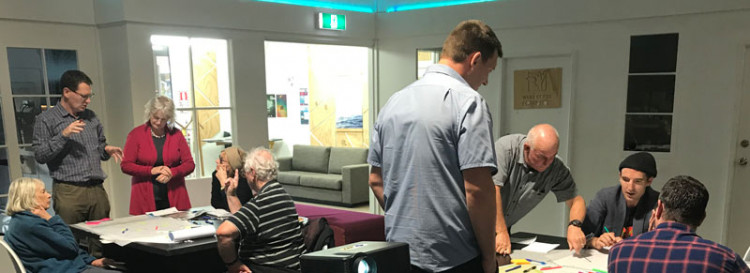The area’s current and likely future characteristics for walking should be identified. This could include the following tasks.
Review relevant national and local policy as these define the overarching framework that a walking action plan needs to fit within. This could include the following:
National legislation, policy and guidance
Local and regional policy and guidance
A desktop assessment to bring together baseline information will assist in identifying how the area is currently used, as well as potential use if walking improvements were made. The assessment may indicate issues to address and relative priorities. Also refer to datasets and tools that can inform planning for walking.
It may also be helpful to identify key walking routes and secondary routes. These can be identified through the desktop assessment and engagement with stakeholders and the community.
Desktop data could include:
Collecting, managing and analysing a considerable amount of data within a spatial system (eg GIS) can help to preserve data integrity and enable efficient data processing and analysis.
Although the desktop assessment will collect a substantial amount of information, walkability audits or site visits should always be done to check how the walking network is used in practice and to observe pedestrian behaviour – at peak-use times and in some cases after dark. It is recommended that a cross-section of people in the community complete the audit as people have a variety of capabilities and states.
Site visits or walkability audits should be undertaken on foot, not in a vehicle or by video as it is difficult to identify all aspects that are important for pedestrian journeys from a vehicle.
PNG: Pedestrian network characteristics
PNG: Disability sector engagement
Factors that should be confirmed through site visits include:
PNG: Principles of planning and design for pedestrians
PNG: Falls - slips, trips and stumbles
More detailed walkability audits can be carried out on key routes. There are a range of methods to measure walkability that can be applied.
An important component is to understand existing pedestrian activity and depending on the objectives of the action plan it can be important to forecast future demand. Refer to measuring pedestrians for more guidance on the methods and techniques to measure existing and forecast future pedestrian activity.
PNG: Assessing the demand for walking
The community should be involved in the data collection stage because some hazards or issues may have been overlooked during data collection and site visits. The data may not reflect current community perceptions of issues that influence walking behaviour.
Community involvement should involve all groups using the area, such as local residents, faith based and cultural groups, community and non-government services, schools, representatives of disabled people, and bus and taxi companies.

Stakeholder consultation. (Photo: Tracy Fleming)